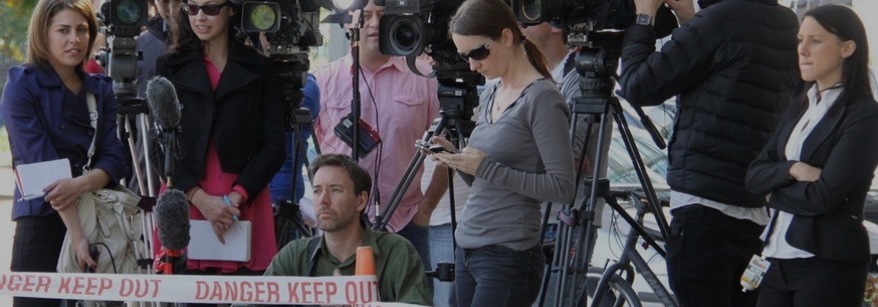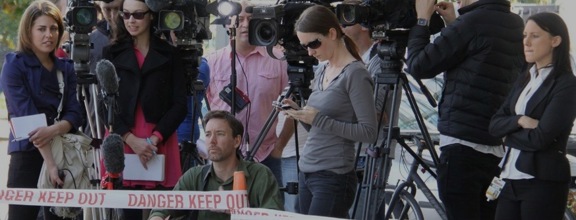

Viewing the region from a different angle
There is a new way to see the Bay of Plenty, following the completion of a project to map the region in 3D using LiDAR (light detection and ranging) elevation data, which is now available through Toitū Te Whenua Land Information New Zealand.
Made possible by the Provincial Growth Fund, the project has improved Toi Moana Bay of Plenty Regional Council’s ability to model natural hazards and climate change, design better infrastructure and improve environmental outcomes for the region.
The region now joins several others in New Zealand to have full LiDAR coverage, which has already proven to be useful in the mahi the Regional Council is doing, says Glen Clarkin, Bay of Plenty Regional Council’s Enterprise Systems Manager, who leads Geospatial services for the organisation.
“For a region like ours, where work such as flood modelling is hugely important, it means we have accurate information about the ground terrain, which in turn means we’re better able to model where we think water may flow. From here we can look at where flood protection might be best placed, and which areas will be at greatest risk of flooding.”
Mr Clarkin said that was just one way the information will be used by the Regional Council.
“Catchment mapping, understanding and preparing for natural hazards, helping us better understand the history of the region we live in, and planning for climate change are all key benefits of us having access to this data.”
The information also has benefits for local industry.
Stakeholders in such industries as agriculture, engineering and forestry are using this information to gain a deeper understanding of the environments they operate in, improving their decision-making processes and contributing to improved outcomes.
The project also received support from the Bay of Plenty Local Authority Shared Service (BOPLASS) group. This has enabled the data to be shared between all councils in the region within existing Long Term Plan budgets.
BOPLASS Chief Executive Officer Stephen Boyle said LiDAR data is incredibly beneficial to all councils.
“The collective approach the councils have taken through BOPLASS has helped with cost savings to ratepayers, while ensuring this valuable service could be provided,” Mr Boyle said.
LiDAR covering 50 percent of New Zealand is now freely available, and this figure is expected to grow to 80 percent nationally next year, when the PGF-LiDAR project is complete.
The data is publicly available on the LINZ Data Service.
ENDS
For further media information, please contact media@boprc.govt.nz
